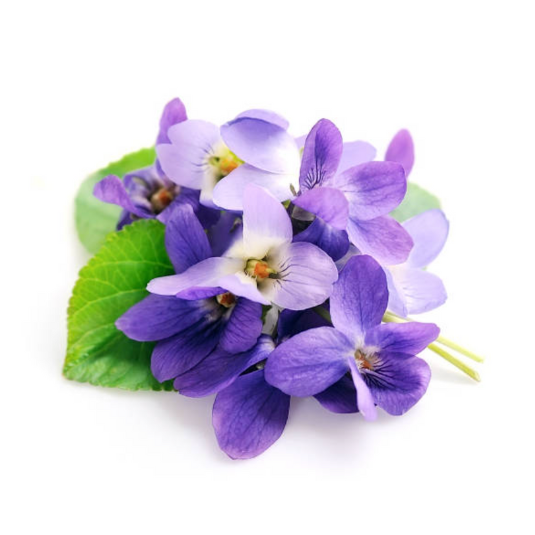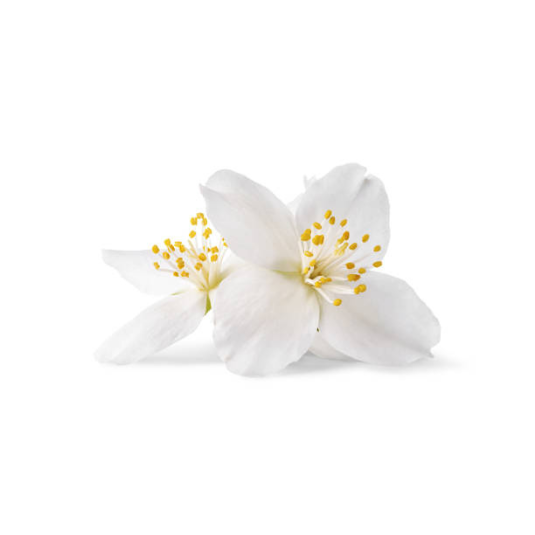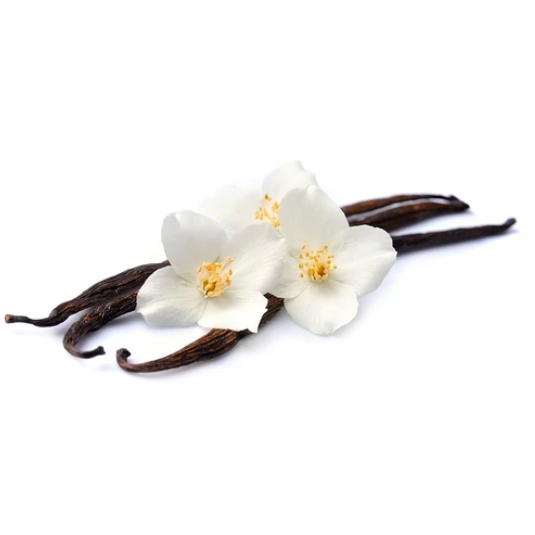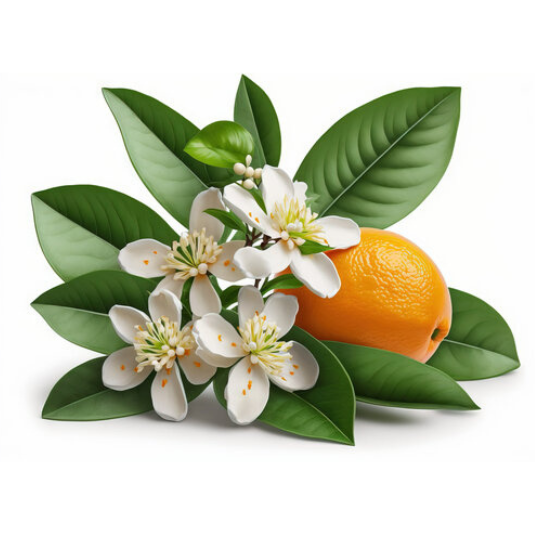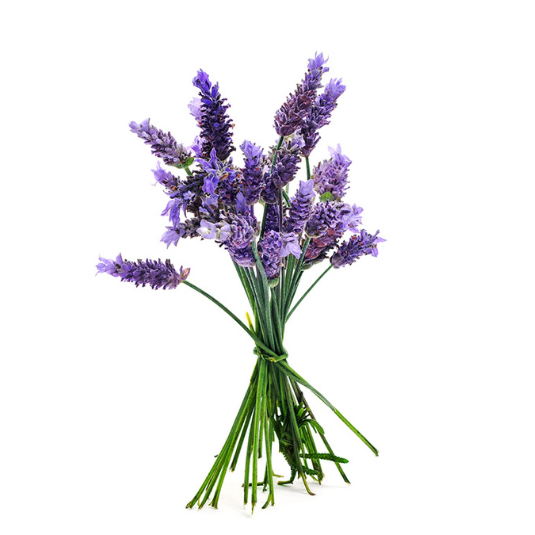Violet X Bon Parfumeur
Let us introduce our modern interpretation of the classic Cologne, Eau de parfum 003. Right from the start, a sparkling, zesty burst of yuzu, the Japanese cousin of lemon, greets you with enthusiasm! Then, nuances of powdery white flowers bring a subtle sweetness and elegance to this playful fragrance. Touches of elemi add an enchanting touch and enhance the woody, musky inflections in the background of violet leaves and vetiver. Our creation is a touch mischievous, but still incredibly fresh, for a modern, captivating olfactory experience.
What does the word "violet" mean ?
The word "violet" has its origins in the Latin "viola", which also refers to the violet flower. The Latin word "viola" is borrowed from the ancient Greek "ion", which also means "violet". The Indo-European origin of this word is "wih" or "wiol", which also refers to the color violet. Over time, the word "violet" has spread into many languages, including French, English (violet), Spanish (violeta), Italian (viola), and other modern languages. This testifies to the flower's antiquity and the use of the word to designate it in different cultures.
In the beginning…
The history of the violet goes back to antiquity. Native to Europe and Asia, this small flower has been appreciated for centuries for its beauty and enchanting fragrance. As far back as ancient Egypt, violets were used for their medicinal and aromatic properties. In the Middle Ages, the fragrant violet (Viola odorata) was cultivated in the gardens of monasteries and castles for its medicinal virtues, and its petals were used in herbal teas and medicinal preparations.
The violet also played an important role in literature and the arts. In the 19th century, the violet became a symbol of modesty and discreet love, thanks in particular to the writings of British poet Christina Rossetti. Today, violets continue to be appreciated for their beauty and delicate fragrance. It is used in the perfume industry to provide floral and sweet notes, and is also grown as an ornamental plant in many gardens around the world. The violet remains an emblematic flower with a long history, appreciated for its beauty, fragrance and multiple uses.
Violet cultivation
The violet is grown mainly in several regions of the world, including France, Italy, Bulgaria and Morocco. These regions offer climatic conditions conducive to the growth of this delicate flower. The way violets are grown may vary slightly depending on the region, but here are the general steps involved in planting, developing and harvesting them:
Planting: Violets are generally grown from seed or plant. Seeds are sown in nurseries, then young plants are transplanted to fields or greenhouses when weather conditions are favorable.
Development: Violets need well-drained soil rich in organic matter. They appreciate moderate sun exposure and constant humidity. Plants should be watered regularly and protected from bad weather.
Harvesting: Violets are harvested when they are in full bloom, usually in spring. The flowers are picked by hand, taking care not to damage the plants. Some varieties can be harvested in autumn.
Growing violets requires special know-how, as they are a sensitive and delicate flower. Growing regions have developed specific techniques for obtaining quality violets and preserving their bewitching fragrance. The violet, with its timeless charm, continues to be appreciated the world over, both for its ornamental qualities and for its uses in perfumery and cosmetics.
What do you know about violets in perfumery?
The process of distilling violets for perfumery is a complex and delicate method for extracting the fragrant essence of this delicate flower. Violet does not contain enough essential oil to be extracted by steam distillation like some other flowers. In perfumery, it's not the violet flowers that are distilled, but the violet leaves.
Olfactory accords with violets offer a palette of creative possibilities in perfumery. This delicate flower blends harmoniously with a variety of notes to create unique, enchanting compositions. Among the most common accords are:
• Floral accords: Powdery violet blends well with other floral notes such as rose, jasmine, lily of the valley or iris, bringing a floral, powdery sweetness to fragrances.
• Powdery accords : Violet scent is often used in powdery accords alongside notes of talc, iris or musk, creating elegant, soft fragrances.
• Gourmand accords: Combined with gourmand notes such as vanilla, cocoa or caramel, violets bring a sweet, gourmand touch to fragrant compositions.
• Chypre accords : Violet scent can be used in chypre accords, alongside notes of oakmoss and patchouli, to create sophisticated, elegant fragrances.
• Woody accords: In combination with woody notes such as sandalwood or cedar, violet scents add a subtle floral dimension to woody fragrances.
Interesting fact!
Violet offers a multitude of benefits and virtues for health and well-being. It has anti-inflammatory, throat-soothing, mild laxative and diuretic properties. In cosmetics, it can moisturize the skin, soothe redness and promote softer, more radiant skin. What's more, violet contains antioxidants that help protect the body's cells against damage caused by free radicals. It's a small flower with a wide range of virtues, but it's always advisable to consult a health professional before using violets for therapeutic purposes.
Famous perfumes with violet...
Here are some of the best violet perfumes:
• Eau de parfum Origan by Coty
• Eau de parfum Insolence by Guerlain
• Eau de toilette La Violette de Toulouse by Berdoues
• Eau de parfum Paris by Yves Saint Laurent
• Eau de parfum Trésor by Lancôme
• Eau de parfum pour homme et femme Aimez Moi by Caron
• Jo Malone London Violet & Amber Absolu
• Eau de parfum Flower by Kenzo
• Marc Jacobs Daisy Eau de Toilette






